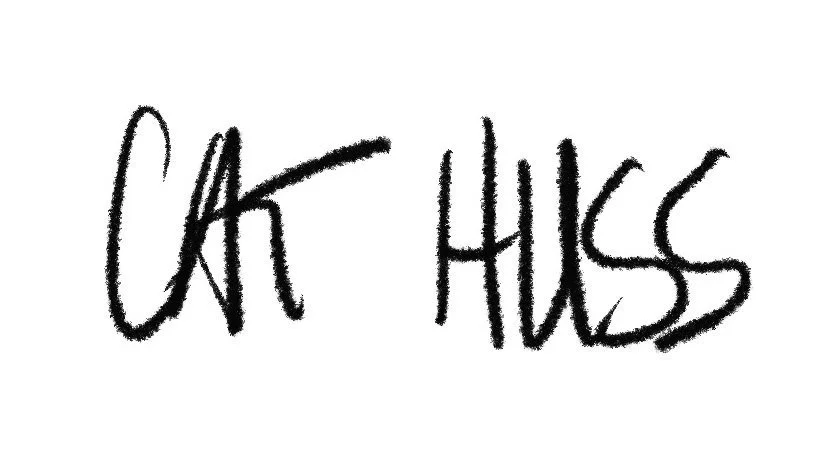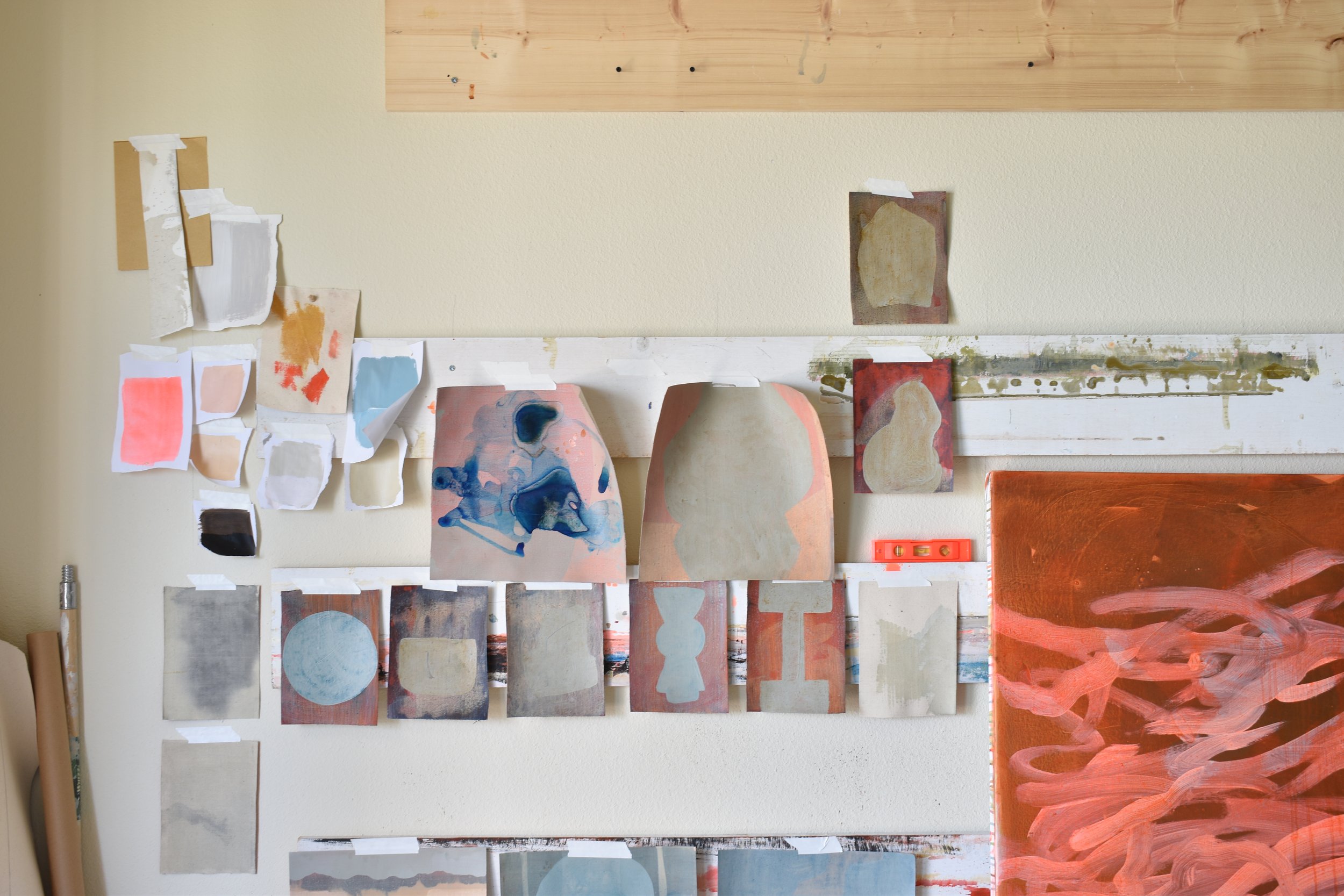by the Moonlight: Making Good Work Takes Time
Making good work takes time. Visual memories, ideas, and sense of direction for the work all need to cook in the brain for a while before hitting the canvas.This new series, both in process and visuality explores the rustic, primitive aspects of nature while being connected to the humanness of wanting to experience order in something unknown, beautiful, carefree, and even scary. Its colors are layered with shadows, revealing only a few, hopeful and beautiful bright spots. The series reaches just the right balance of dark and light, minimal and textural. It is both where I am from and where I am headed.
HOW I SEE IT
I’m sitting here typing from my office at home. The window next to my desk overlooks Oso Bay, which is small and somewhat churned up regularly but the sun rises just across and when you catch it in just the perfect light, which can happen several times a day, the view is breathtaking..or better said…makes me feel like I can breathe deeply and easily. I have always appreciated a good view. There is something extremely hopeful about looking out over a seemingly limitless horizon. It gives me a feeling of freedom, hope for the future, and like there is always something more to come. That feeling, that itch of always wanting more..of wanting to discover, is what feeds my creativity.






